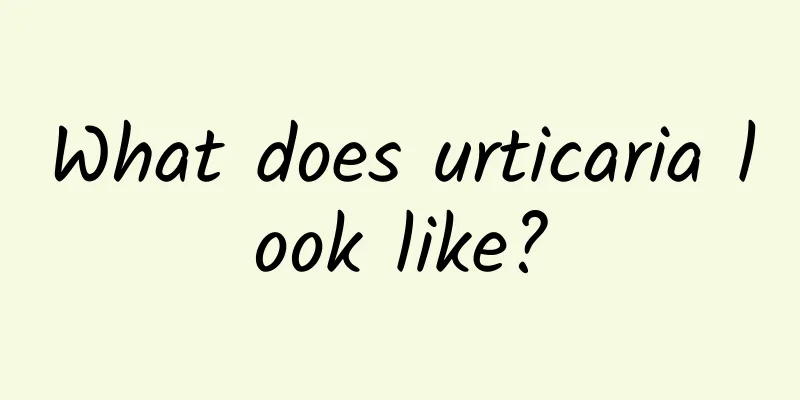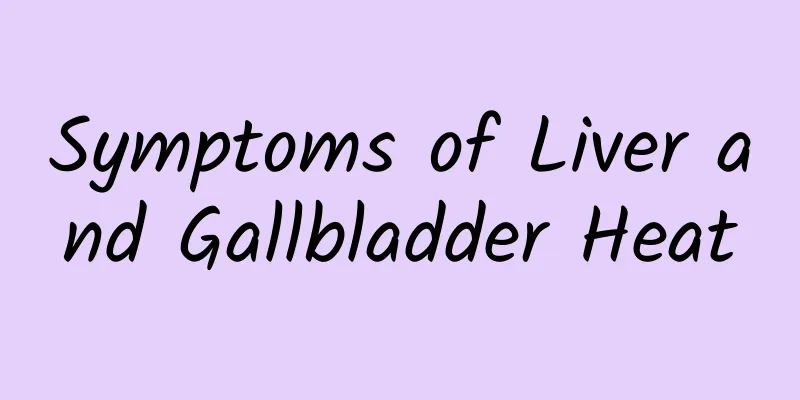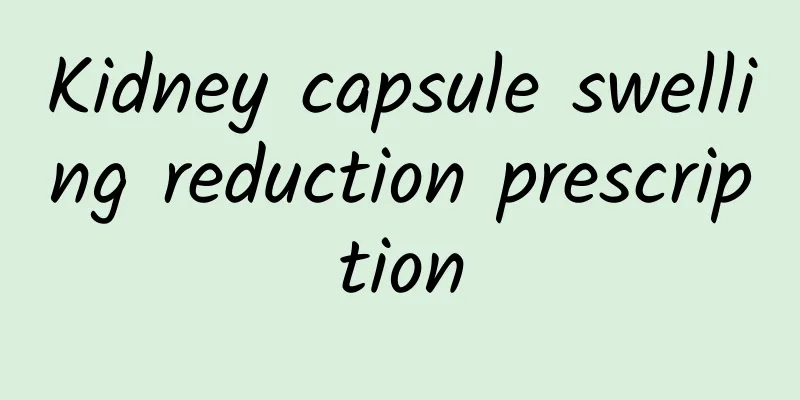The best treatment for atrial fibrillation, there are countermeasures for treatment

|
Common types of atrial fibrillation include paroxysmal atrial fibrillation. Emotional excitement and exercise can induce atrial fibrillation. During an attack, there will be symptoms such as palpitations, chest tightness, heart palpitations, shortness of breath, and fatigue. The most important thing in treating atrial fibrillation is to find countermeasures, eliminate the causes, and prevent the recurrence of the disease. 1. Main principles: ① Eliminate risk factors; ② Convert and maintain sinus rhythm; ③ Prevent recurrence; ④ Control ventricular rate; ⑤ Prevent embolic complications. (2) Treatment strategies for 3P atrial fibrillation 2. Paroxysmal atrial fibrillation: The main goal of treatment during the attack period is to control the ventricular rate and convert the heart to sinus rhythm; the goal of treatment during the non-attack period (sinus rhythm) is to prevent or reduce the onset of atrial fibrillation. When paroxysmal atrial fibrillation occurs without organic heart disease (called lone atrial fibrillation), most patients can be converted to sinus rhythm through rest, sedation, and the use of antiarrhythmic drugs, and only a few require electrical cardioversion. Patients with recurrent disease should consider radiofrequency ablation of the focal origin to achieve radical cure. The above principles can also be applied to patients with paroxysmal atrial fibrillation who also have heart disease. However, if hemodynamic disorders or congestive heart failure occur, immediate conversion to sinus rhythm is required. When mitral or aortic stenosis is associated with significant hemodynamic compromise, immediate cardioversion must be performed to prevent or reverse the development of pulmonary edema. Synchronized direct current cardioversion is an option, with 100J given for the first shock and 200J for the second and subsequent shocks. If the patient is hemodynamically stable, ventricular rate control may be achieved with IV lanolin C (cedilanidum), digoxin, beta-blockers, or calcium channel blockers. In the past, digitalis was recommended as the first choice. It is effective in controlling the ventricular rate at rest, but cannot control the ventricular rate during exercise well and has a slow onset of action. Intravenous injection of verapamil or diltiazem is now recommended because they have a rapid onset of action and can better control the ventricular rate during exercise. Procainamide, quinidine, and disopyramide have certain effects on converting sinus rhythm. However, the adverse reactions are obvious, so it is rarely used. Ibutilide converts the patient to sinus rhythm in 31% of cases, but it must be used under close monitoring. It can acutely prolong the QT interval and increase the risk of recent torsades de pointes. Sotalol also has a significant cardioversion effect. Amiodarone is currently recognized as a drug with significant efficacy in cardioversion and prevention of recurrence. The use of amiodarone has been limited in the past mainly by its side effects and long half-life, which limits the flexibility of treatment changes. It has been confirmed that small doses of amiodarone (200-300 mg/d) can significantly reduce adverse reactions. Radiofrequency ablation is possible to achieve a radical cure. |
<<: What to do when atrial fibrillation occurs? Scientific treatment of acute atrial fibrillation
>>: Can atrial fibrillation lead to death? Sudden cardiac death is very common
Recommend
What happens if I drink water before taking a glucose tolerance test?
For pregnant mothers, it is very important to do ...
What should a girl do if she has swelling below?
First, mixed infection, such as staphylococcus, s...
What happens if you overexert yourself during sex?
In daily sexual life, we must master some skills ...
Breast and draining lymph nodes
In this case of breast and drainage lymph nodes, ...
Why do I catch a cold easily after ejaculation?
There is no direct relationship between ejaculati...
Is bronchitis hereditary?
Diseases such as bronchitis will greatly affect t...
What is Yuan Qi?
When it comes to Yuan Qi, perhaps not many people...
Is nephritis easy to cure? How to treat it with traditional Chinese medicine
Nephritis is a very serious disease that can caus...
The effectiveness of Parkinson's surgery varies from person to person
Parkinson's disease is an old age disease tha...
Can pregnant women drink red bean water?
Pregnant women can drink red bean water. Drinking...
Reasons for weak positive pregnancy test
If the early pregnancy test shows a weak positive...
Green stuff flowing from lower body
In addition to menstruation, women will also have...
How to treat lower eyelid spasm
Lower eyelid spasm is also a relatively common sy...
What are the benefits of bird's nest for the uterus?
In ancient Chinese feudal dynasties. Life in the ...
The efficacy and function of rose hydrosol
Rose hydrosol is very good in terms of beauty and...









